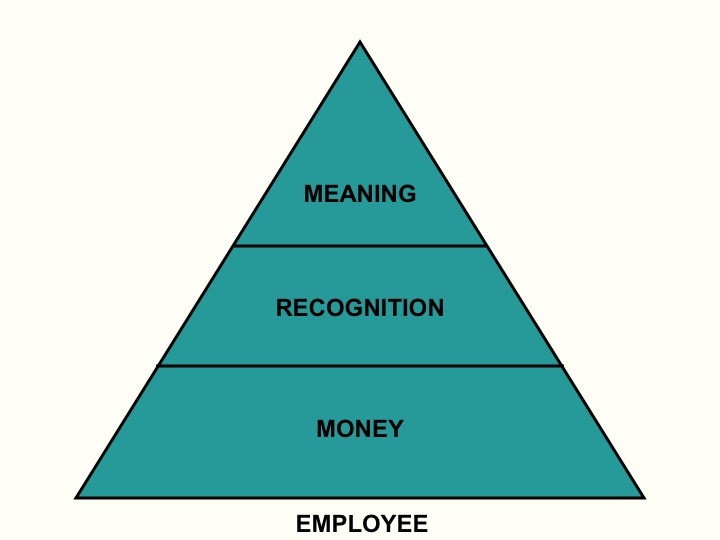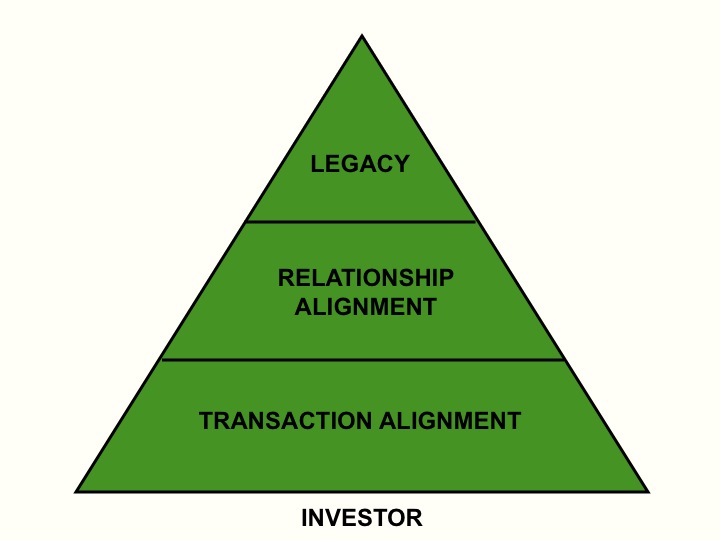Recently, I had the good fortune of attending a daylong conference in Ecuador with 300 South American businesspeople all focused on "Transcendar Par Ganar," transcending to win. I gave a speech at the start and at the end of the day, but my primary role was to listen to how numerous companies had used my 2007 book PEAK: How Great Companies Get Their Mojo from Maslow to create a transformational business strategy. Late in the day, I was asked, "If you were to rewrite PEAK today, what would be some of the fundamental changes you'd make to the book?" Here are my thoughts on that opportunity to rewrite history, or at least the book.
First, unlike medicine and law, we don't think of our profession as business leaders as a "practice." And, unlike sports, the arts, or religion, we don't even "practice" our craft... we just do it. And, quite often, we do it rather unconsciously. Business principles are only as good as the practices that back them up. PEAK spoke to the organizational construct, but not to the individual practices that a PEAK leader should emulate to get the biggest bang-for-the-buck from humanistic psychology principles.
After interviewing dozens of leaders who operate effectively with the PEAK principles, I developed a list of 7 Practices that I saw consistently exhibited (and wrote about it in this recent blog). While each practice can stand alone, when combining them together a PEAK leader unlocks the human potential that is stored in every organization or team so that PEAK performance is more likely. They are more than foundational beliefs, they represent a new way of doing business.
If you've read PEAK, you know there are three pyramids of three levels each: one for each of the primary stakeholders in most businesses: employees, customers, and investors. My other three revelations each center on a separate pyramid. With respect to the employee pyramid -- which has a progression from Money at the base to Recognition in the middle to Meaning at the peak -- my aha moment came when I spoke to 400 investment bankers the same week I spoke to 300 arts administrators. Both groups were initially resistant to the framework of this pyramid with the investment bankers saying their pyramid is Money, Money, Money and the arts folks saying their pyramid is inverted (standing upside down) and unstable with Meaning being predominant at a pointy base.

What's now clear after speaking about PEAK in depth on four continents is that virtually everyone agrees with the employee hierarchy of needs pyramid as long as the underlying two lines that separate the three levels have malleability. For salespeople or those who can seem to be mercenary, the line for the Money may take up 80 percent of the lower part of the pyramid. But, those organizations that truly differentiate themselves in money-driven environments still use Recognition, and even Meaning, as an employer differentiator. If they didn't create a culture that did so, their competitors could offer a 5 percent better pay package to their top performers and they'd have a brain drain. Frankly, the 80-percent Money base of the pyramid also defines the employment relationship in most developing countries as money is such a necessity for living. For many non-profits, quite often the Money layer of the pyramid may only be 25 percent and Recognition might be the next 15 percent with Meaning representing 60 percent of the rest (a very large PEAK-shaped hat), but people still do recognize the hierarchy of priorities inherent in the pyramid.
With respect to the customer pyramid, my B-to-C bias (as a hotelier) shows in the fact I call it a customer rather than a client pyramid. If I were to do a revision of PEAK today, it would be focused on how to address client needs in a B-to-B world. The majority of my speeches are to companies that sell to other businesses with many of these companies being based in Silicon Valley. The good news is that they recognize the logic in this pyramid and the magic that can occur when you address the "unrecognized needs" at the peak.

PEAK leaders are mind readers, but they need to imagine the unspoken needs of not just their client, but also of their key decision-maker. This is the big difference of how this pyramid works for B-to-B versus B-to-C. You need to use this pyramid twice: first to understand what you expect your clients' expectations, desires, and unrecognized needs to be, and, then, do it again for the person whose butt is on the line by making this decision. That key decision-maker has a hierarchy of needs as well that needs to be satisfied. The more risk-averse they are, the more likely they'll focus on the survival base of just looking to have their expectations satisfied. But, if you've got a decision-maker who has an appetite for a game-changer for their organization, then you need to help them see and get excited about the transformational nature of this decision they're about to make and present your choice in that light.
Finally, while, initially, reinterpreting Maslow's human needs pyramid for investors felt like a stretch when I wrote the book, I've been pleasantly surprised by how many entrepreneurs use this pyramid to size-up their potential investors when raising money. In fact, that's what I did when I considered four different finalists when selling a majority interest in my company. I tried to size them up to understand whether they were purely transactionally focused such that the investment was really just an exercise in Excel spreadsheet mastery or whether they were like Warren Buffett, focused on developing a long-term return and investment strategy based upon relationship alignment. And, then there were glimmers of hope that a couple of the groups we were talking to might be legacy investors, focused as much on the non-financial, industry-changing opportunity of investing in a successful boutique hotel company as they were focused in the short-term ROI.

In sum, I've learned since our sale that few investors stay on just one level of the pyramid. Investors -- like all of us -- can change their priorities or change their perspective -- moving up or down the pyramid at will. There may be some opportunities that create great pride of ownership for the investors and then other opportunities when it's all about, "How much did we earn today?" When I first wrote PEAK, I'm not sure I truly understood just how important it is, not to just size up your investors when you start the relationship, but to continually check in to determine, at any given moment or with any prospective new investment, just which level of the pyramid best describes the investors' motivations.
